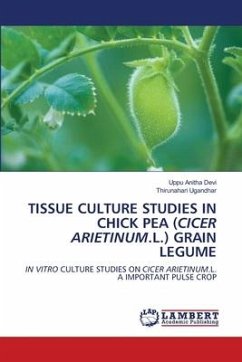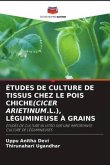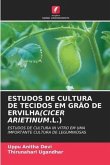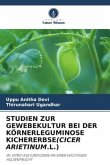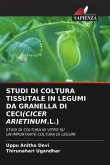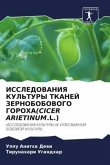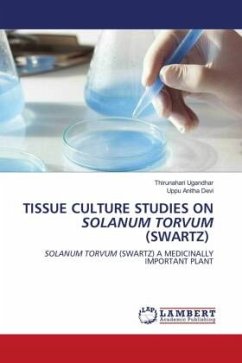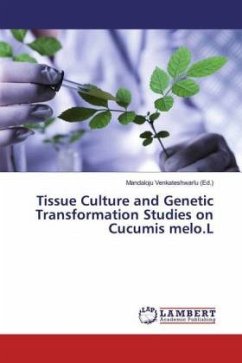Chickpeas are well-known as a good source of protein. Chickpea area and productivity are declining because to its sensitivity to insect pests, fungal diseases, and limited drought tolerance. The current study aims to create methods for in vitro regeneration and in vitro rooting hardness of chickpea cv. ICCC-34 kranthi. In the ICCC-34 Kranthi genotype, callus induction and in vitro regeneration were attempted. The study employed MS medium supplemented with numerous growth regulators in varied combinations and quantities. In the ICCC 34 kranthi genotype, the number of days required for callus induction ranged from 6.0 to 10.0 days. The average number of days required for hypocotyls was 7.9 days and 8.2 days for leaf explants. The callus induction response differed significantly between genotypes, explants, medium, and their interaction impact. In direct regeneration studies, a mature embryo axe with a single cotyledon outperformed the other two with the highest shoot induction response (84.17%) regardless of medium. TDZ at 0.5 mg/l not only caused shooting in more explants (87.50%) but also recorded the most multiple shoots to separate them individually.

